iPhone 12 mini vs. Galaxy S20 FE vs. Pixel 5: $699 smartphone face-off
Which of these affordable smartphones is right for you?
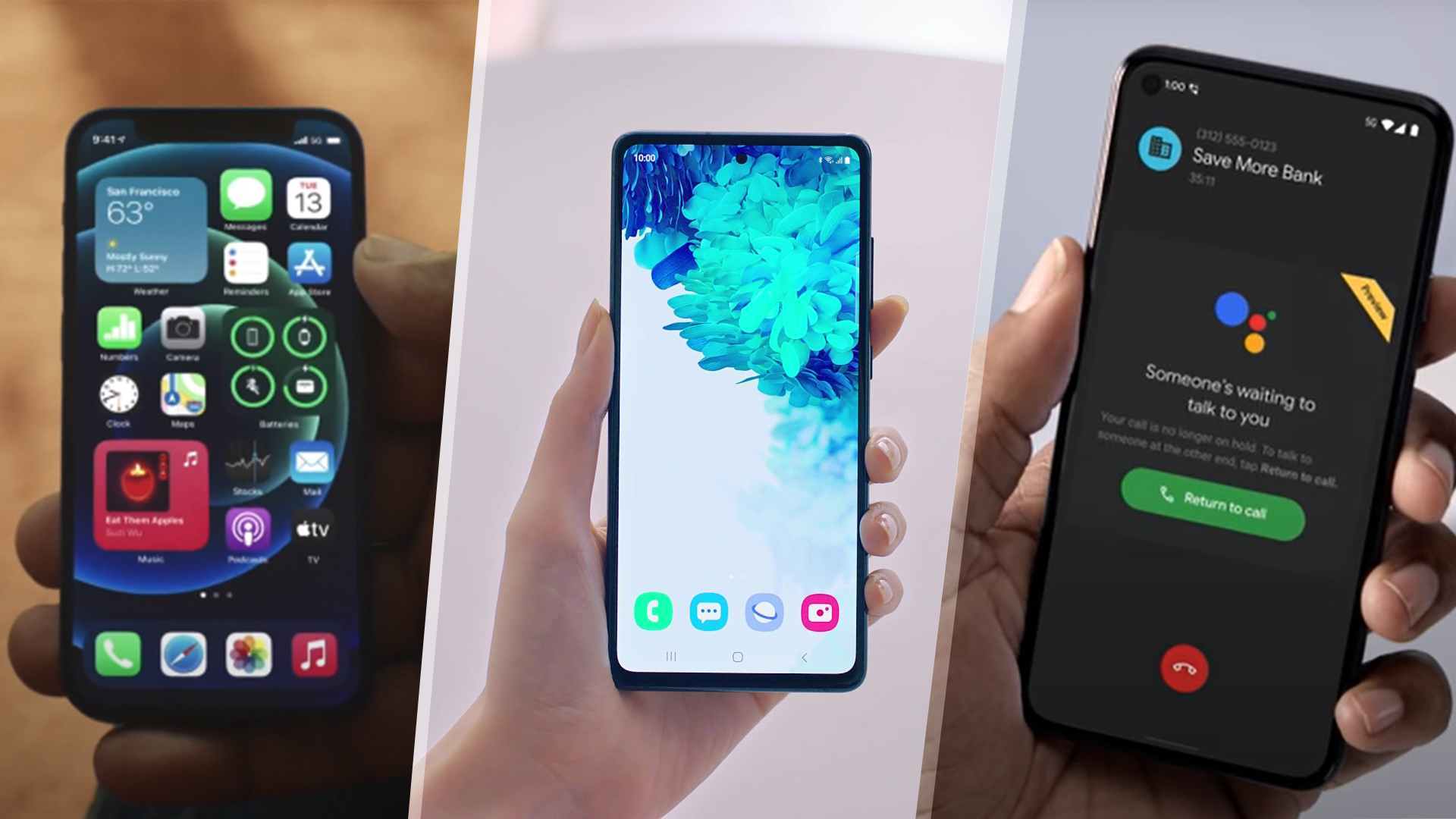
If you balked at spending $1,000 or more on a flagship smartphone in the last year then you are being rewarded for your patience as the iPhone 12 mini has just joined the Galaxy S20 FE and the Pixel 5 at a much more affordable $699 starting price.
Each manufacturer is delivering a slightly different take on what a more affordable flagship smartphone should offer with Apple and Samsung giving you a slightly scaled-down version of this year's flagships while Google's Pixel 5 now represents the pinnacle of its lineup.
While we are still waiting to get some of these devices in for review, here's an in-depth comparison of all three to help you decide which of these smartphones is the right choice for you.
- Best Prime Day deals: Top discounts on laptops, tablets and more
- Best Prime Day iPad deals: Save big on the new iPad, iPad Pro
- Best Prime Day phone deals: Up to $350 off select devices
iPhone 12 mini vs. Galaxy S20 FE vs. Pixel 5: Price
The headline kind of gave this one away, but these smartphones all come in at exactly $699. That hardly makes these budget smartphones, but it does make them far more affordable than most of the true flagship smartphones released in 2020. The real question is how much value do these smartphones deliver at $699?
The Pixel 5 and the Galaxy 20 FE make it easy to decide which version to buy as there is only a single 128GB storage option for both of them. The Galaxy S20 FE also has a MicroSD slot, allowing you to easily expand the built-in storage.
Apple offers you only half of that storage with its base 64GB, but you do have the option to pay up for 128GB or 256GB of storage for $749 or $849, respectively. There are plenty of stellar specs for the iPhone 12 mini that make it a good value, but 64GB of storage, considering the photo and video capabilities of the phone, feels insufficient and most users should pay the $50 to upgrade to 128GB.
iPhone 12 mini vs. Galaxy S20 FE vs. Pixel 5: Specs
| Row 0 - Cell 0 | iPhone 12 mini | Galaxy S20 FE | Pixel 5 |
| Display (refresh rate) | 5.4-inch Super Retina XDR OLED | 6.5-inch Super AMOLED FHD+ 120Hz | 6-inch OLED FHD+ 90Hz |
| CPU | Apple A14 Bionic | Qualcomm Snapdragon 865 | Qualcomm Snapdragon 765G |
| RAM | TBD | 6GB | 8GB |
| Storage | 64GB | 128GB | 128GB |
| MicroSD slot | No | Yes | No |
| Rear cameras | 12MP f/1.6 (Wide-angle), 12MP f/2.4 (Ultra-wide) | 12.2MP f/1.8 (Wide-angle), 12MP f/2.2 (Ultra-wide), 8MP f/2.0 (Telephoto) | 12.2MP f/1.7 (Wide-angle), 16MP f/2.2 (Ultra-wide) |
| Front camera | 12MP f/2.2 (Wide-angle) | 32MP f/2.0 (Wide-angle) | 8MP f/2.0 (Wide-angle) |
| Battery size | TBD | 4,500 mAh | 4,080 mAh |
| Water resistance | Yes, IP68 | Yes, IP68 | Yes, IP68 |
| Colors | Black, White, (PRODUCT) Red, Green, Blue | Cloud Lavender, Cloud Mint, Cloud Navy, Cloud White, Cloud Red, Cloud Orange | Just Black, Sorta Sage |
| Dimensions | 5.18 x 2.53 x 0.29 inches | 6.29 x 2.9 x .33 inches | 5.7 x 2.8 x .31 inches |
| Weight | 135g | 190g | 151g |
iPhone 12 mini vs. Galaxy S20 FE vs. Pixel 5: Design
The iPhone 12 and its new squared-off aluminum design is almost inarguably the most visually interesting of these smartphones, although its large notch remains a design quirk that not everyone will love.
Sign up to receive The Snapshot, a free special dispatch from Laptop Mag, in your inbox.
The Pixel 5 and the Galaxy S20 FE both feature a more traditional rounded rectangle design with a hole-punch front-facing camera. On the Pixel 5, it is found in the upper-left corner, while Samsung is sticking to its centered Infinity-O display placement.
All three phones use a standard flat display, so no curved "waterfall" edges on these displays and, while those can be visually appealing, most users won't miss them. All three are virtually bezel-less with the Pixel 5 slightly edging out the others with a roughly 86% screen-to-body ratio, while the Galaxy S20 FE and the iPhone 12 mini are both approximately 85%.
The Galaxy S20 FE is the only one of these phones to use a plastic back. It does still feature an aluminum frame though, so overall durability should not be an issue. The Pixel 5 takes an interesting approach with an all-aluminum build that has a resin coating over the back. Apple sticks with the now-common flagship build of a glass back on an aluminum frame. All three phones support Qi wireless charging.
The iPhone 12 mini again relies on FaceID for biometric login, while the Pixel 5 and Galaxy S20 FE use fingerprint login. The Pixel 5 returns to the same back fingerprint reader found on the Pixel 3 and earlier while the Galaxy S20 FE uses the more modern in-display fingerprint reader.
The size of these devices is one of the biggest differentiators between them with the Galaxy S20 FE (160 x 74.5 x 8.4mm) the largest by far, the Pixel 5 (145 x 70.4 x 8mm) slotted in the middle and the iPhone 12 mini (131.5 x 64.2 x 7.4mm) the smallest.
The Pixel 5 is the big loser when it comes to color options with only Just Black and Sorta Sage. The iPhone 12 mini more than doubles that with black, white, green, blue and PRODUCT(RED). But Samsung takes the win with Cloud Lavender, Cloud Mint, Cloud Navy, Cloud White, Cloud Red and Cloud Orange.
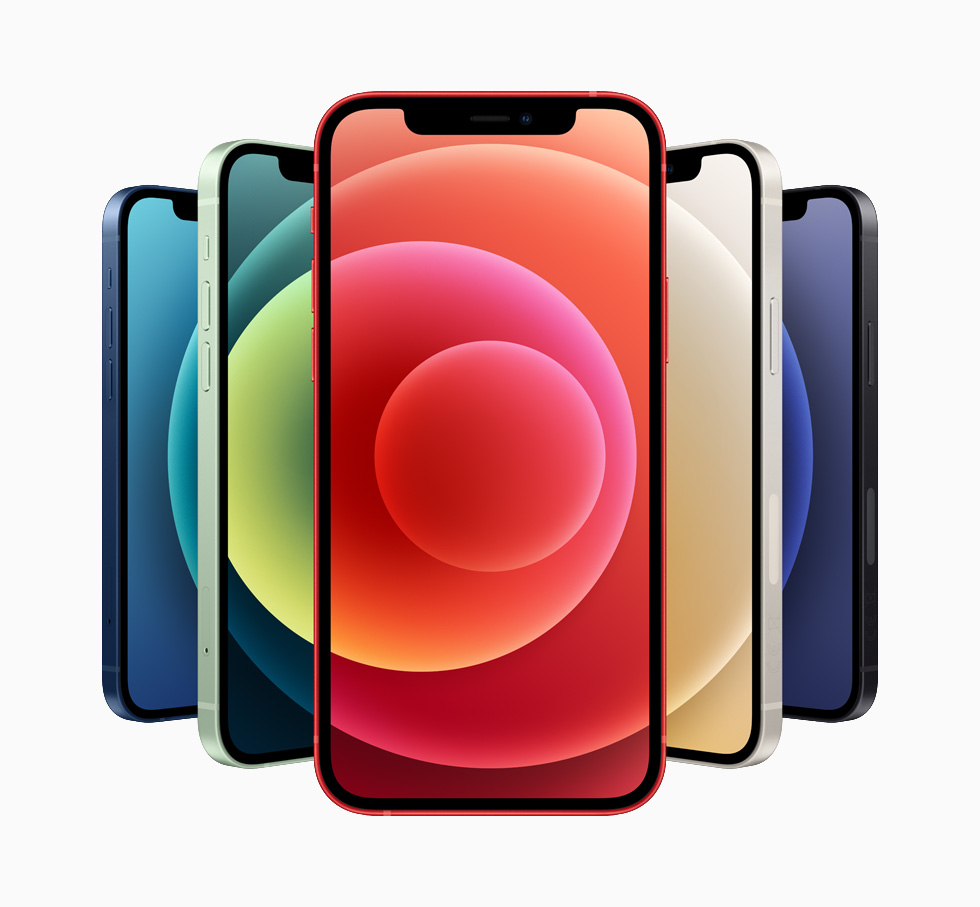
iPhone 12 mini vs. Galaxy S20 FE vs. Pixel 5: Display
As you would expect given the aforementioned size disparity between these devices, the screen sizes are quite different as well, but we'll tackle the size and specs for each one separately.
The iPhone 12 mini is the smallest at 5.4 inches, which is positively tiny by today's standards. While it lacks the higher refresh rate of its competitors, it tries to make up for it in every other regard. By fitting the same FHD+ resolution into that smaller display, the iPhone delivers the best pixels per inch (ppi), at 476. The Super Retina XDR OLED offers support for HDR 10. We'll need to see how it fares in our lab tests but it sounds impressive.
The Galaxy S20 FE is far and away the largest of these phones, at 6.5 inches, and it features Samsung's 120Hz refresh rate as well as HDR 10+ support. Despite offering a slightly higher resolution than the others, it comes in last at 407 ppi thanks to its larger display. Samsung Super AMOLED tech performed well in our lab tests, but we'll need to see how it looks once we get the others in for testing as well.
The Pixel 5 once again finds itself in the middle with a 6-inch OLED display that delivers a 90Hz refresh rate with HDR 10+ support. With an identical resolution to the iPhone 12 mini, it has a slightly worse 432 ppi.
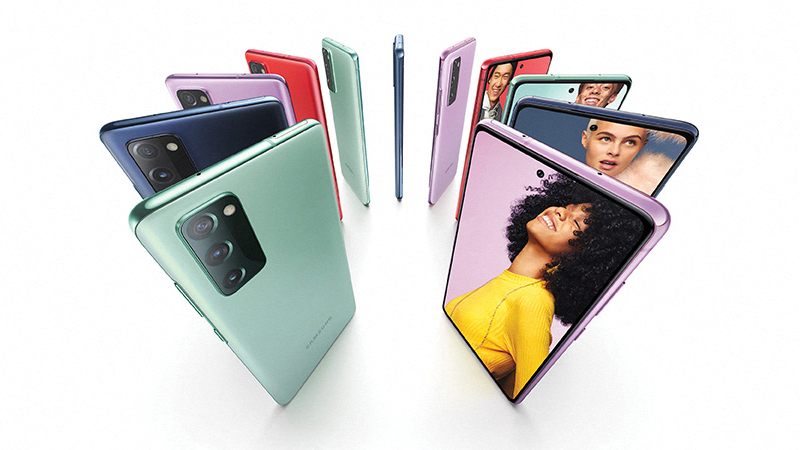
iPhone 12 mini vs. Galaxy S20 FE vs. Pixel 5: Durability
We'll see how they hold up once we get them in our pockets, but all three of these smartphones look pretty durable on paper.
The iPhone 12 mini is a bit of a wildcard as Apple claims its new "ceramic shield" glass coating offers up to 4x better drop protection, but there's been no independent testing of that yet.
The Galaxy S20 FE uses an aluminum frame to offer rigidity and a plastic back that may take minor scratches worse than glass or aluminum, but will likely hold up better to a drop.
Finally, Google goes with an all-aluminum design that has a resin coating over the back. This should unquestionably be the most durable of the three, but again, we'll have to see once we have our hands on all of these devices.
When it comes to water and dust resistance, each of the phones has the same IP68 rating, but the iPhone 12 mini has an advantage when it comes to aquatic missions as it is rated for 20 feet for 30 minutes versus 5 feet for 30 minutes on the Galaxy S20 FE and Pixel 5.
One advantage the iPhone offers over the Galaxy S20 FE is Corning Gorilla Glass 6 display protection versus Gorilla Glass 5.
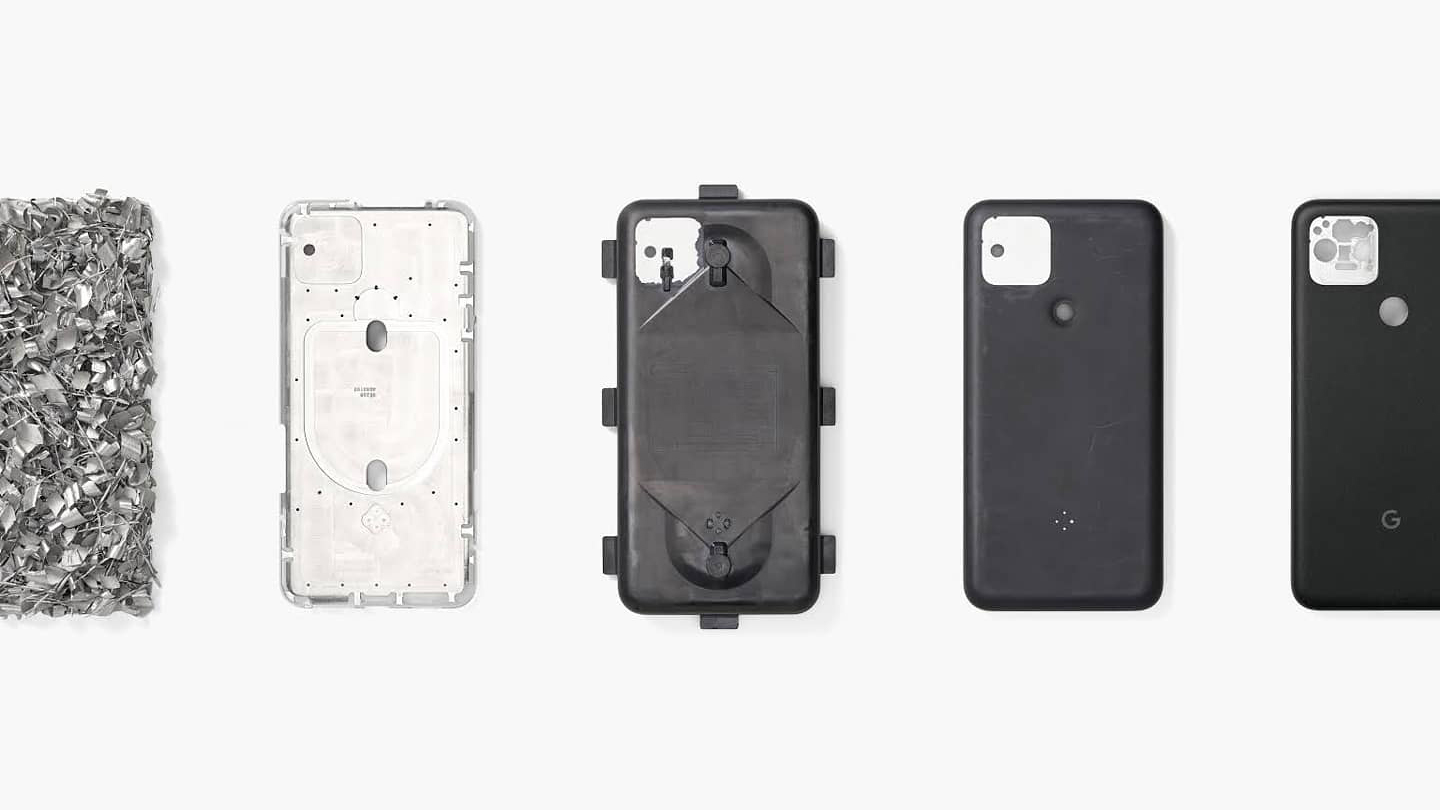
iPhone 12 mini vs. Galaxy S20 FE vs. Pixel 5: Battery life
We haven’t gotten all of these phones in the lab just yet for battery life testing, so for now, we will go off the battery size and manufacture claims for the iPhone 12 mini and the Pixel 5.
Apple hasn't given an official battery size for the iPhone 12 mini yet, but it claims it will deliver up to 10 hours of streaming video, up to 15 hours of on-device video and up to 50 hours of audio playback. This is a step-down from the iPhone 11 on both on-device video and audio playback, which were 17 hours and 65 hours, respectively on that device, but of course, it was a larger smartphone.
The Galaxy S20 FE and its 4,500 mAh battery didn't actually perform as well as expected in our testing, lasting for only 9 hours and 3 minutes on the Verizon network while continuously surfing the web. Real-world testing has looked a little better, but we are still early in that process and will update with more findings.
The Pixel 5 claims all-day battery life and its mid-tier processor matched with a 4,080 mAh battery could live up to that claim. Again we'll be going through both daily use testing and lab testing and will update when we have the results.
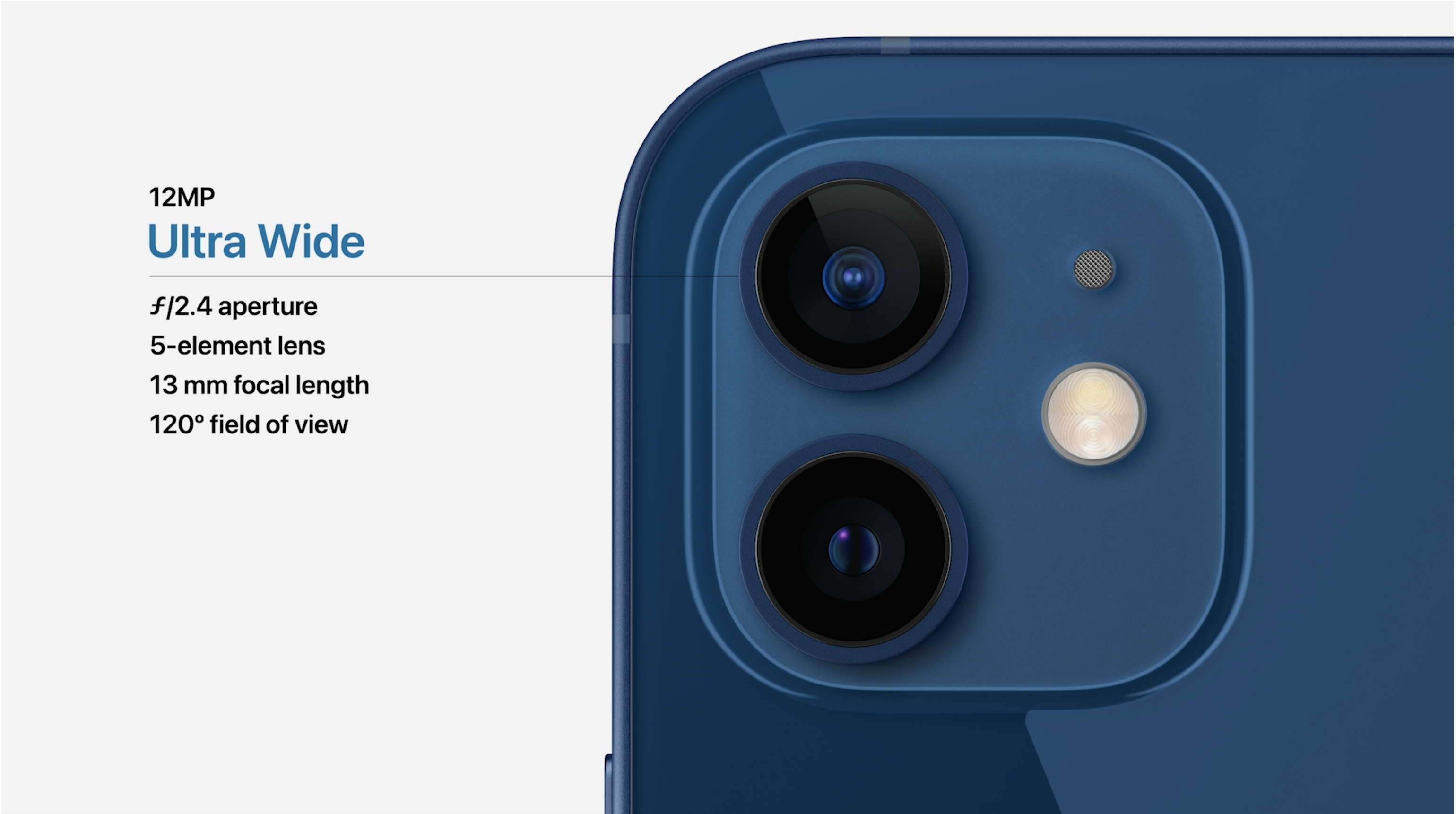
iPhone 12 mini vs. Galaxy S20 FE vs. Pixel 5: Cameras
This is another interesting battleground between these three phones as the Samsung Galaxy S20 FE has the most versatile hardware with three lenses, but both the iPhone and the Pixel have a better photography track record.
The iPhone 12 mini includes a new 12MP wide-angle primary lens with an astounding f/1.6 aperture that should make it an amazing low-light option. Apple is also claiming a dramatic improvement in its computational photography to further improve its Night Mode and perhaps compete with the Pixel 5 in that regard. The ultra-wide lens at f/2.4 is less impressive but still compares favorably with the Galaxy S20 FE.
Turning to the Galaxy S20 FE, its biggest advantage is its 8MP f/2.4 telephoto lens. It allows for very usable photos in the 5-10x zoom range and up to 30x is available as a party trick. Its wide-angle is solid at f/1.8, but obviously, doesn't quite hold up to either the iPhone 12 mini or the Pixel 5. It does beat the iPhone 12 mini when it comes to its ultrawide aperture of f/2.2, but it's possible Apple's computational photography makes up that difference.
If Google's Pixel line has been known for one thing it is photography and we are incredibly curious to find out if that will hold true as Google moves downmarket with the Pixel 5. Its primary wide-angle lens is the middle-ground between the other two at f/1.7. Google offers the best ultra-wide lens (on paper) between the three phones with a 16MP lens at f/2.2.
With the exception of telephoto, where Samsung will easily win, this is going to mostly come down to who has the superior computational photography chops. While Google has been the obvious leader for a few years now, it is clear that Apple is trying to rise to the challenge.
One other arena where the Galaxy S20 FE scores an easy win is the 32MP selfie camera. The iPhone 12 mini offers 12MP and the Pixel 5 a paltry 8MP, but again hardware, isn't the real story here, we'll see which actually manages the best captures.
The iPhone has been the undisputed king when it comes to video over the last few years and it seems likely that it is going to repeat this year. The iPhone 12 mini offers HDR video with Dolby Vision at up to 30fps that should deliver some amazing looking video and 4K video capture is available at 24, 30 or 60fps.
Samsung and Google are on relatively equal footing when it comes to video with support for 4K capture up to 60fps and 1080p all the way up to 240fps. While Google has made claims to software improvements that will deliver superior video results this year, Samsung unquestionably has been better in this regard in the past.
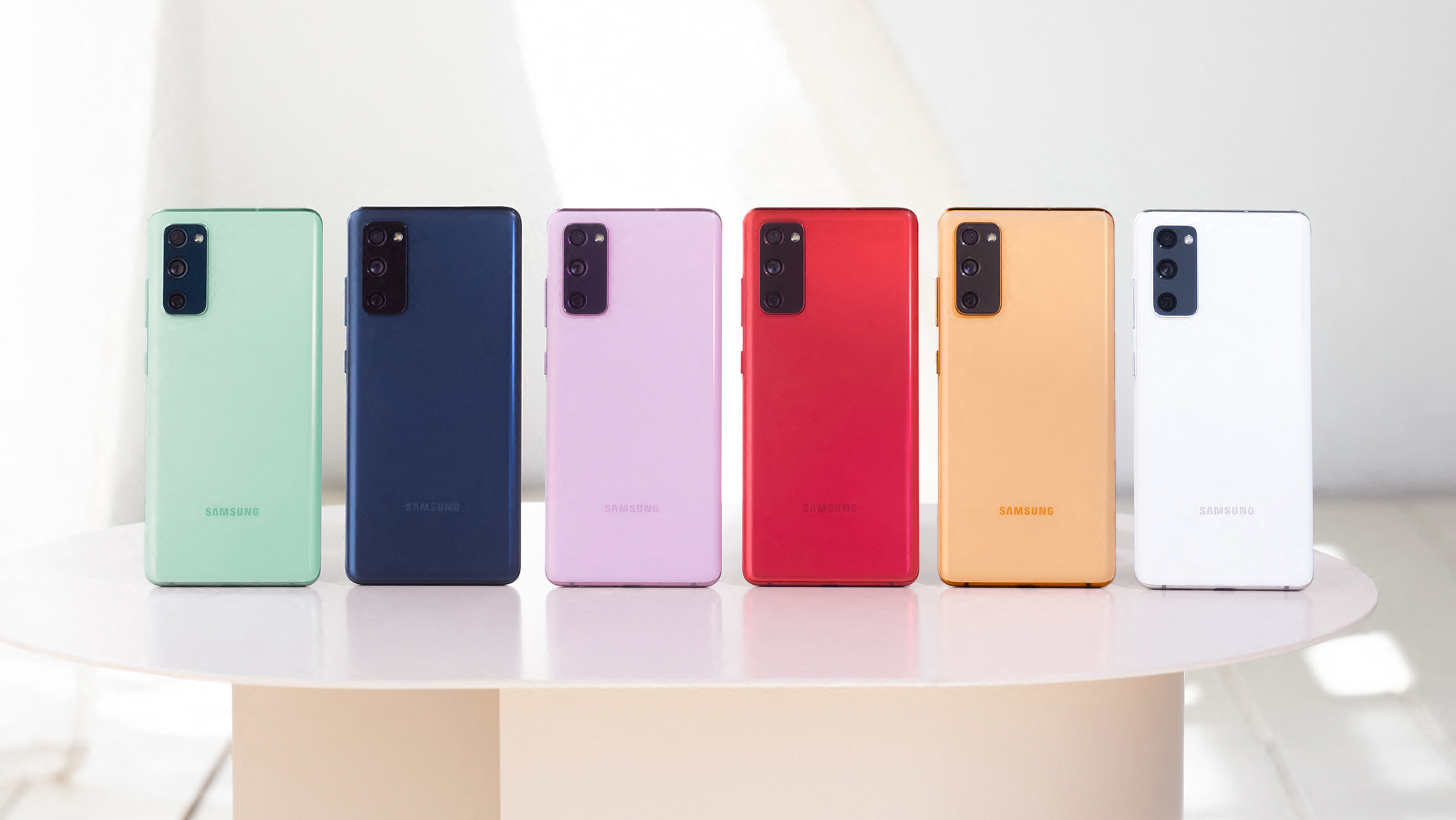
Outlook
This is a remarkable collection of smartphones for $699 and while the Pixel 5 is almost certainly going to be the weakest from a pure performance standpoint, it is hard to bet against Google when it comes to squeezing the most performance out of the hardware.
The iPhone 12 mini represents a really interesting option in the market that has been missing for several years now in that it delivers exactly the same specs as the iPhone 12, but in a 5.4-inch frame that is far more pocketable and better-suited for one-handed use.
The Galaxy S20 FE, on the other hand, offers the closest experience to a modern flagship with its 6.5-inch display, 120Hz refresh rate and versatile triple-camera array.
We are eager to get all three of these phones in for testing so we can see how each one fares in both our lab tests and real-world usage, and crown one of these smartphones the winner.
Sean Riley has been covering tech professionally for over a decade now. Most of that time was as a freelancer covering varied topics including phones, wearables, tablets, smart home devices, laptops, AR, VR, mobile payments, fintech, and more. Sean is the resident mobile expert at Laptop Mag, specializing in phones and wearables, you'll find plenty of news, reviews, how-to, and opinion pieces on these subjects from him here. But Laptop Mag has also proven a perfect fit for that broad range of interests with reviews and news on the latest laptops, VR games, and computer accessories along with coverage on everything from NFTs to cybersecurity and more.

